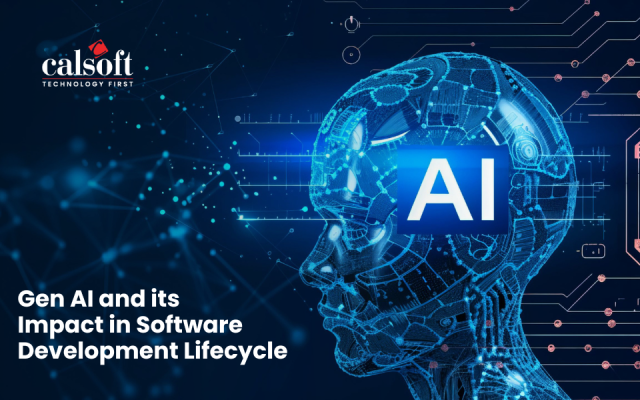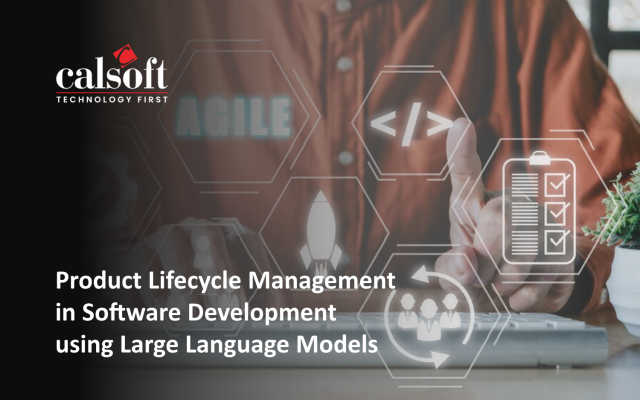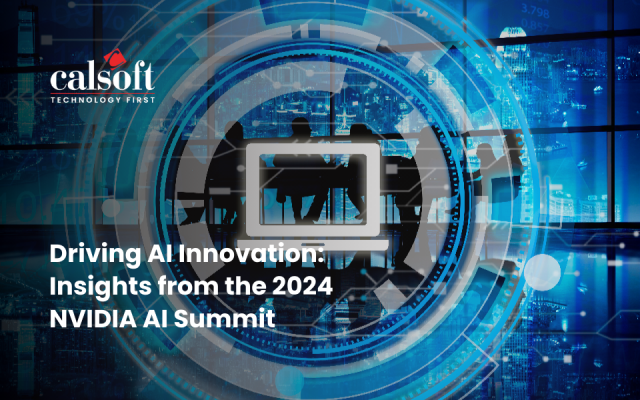The road to the 5G dream is paved and the 5G rollout has already begun, but the future of 5G is still uncertain, because of the disappointing responses to these 5G rollouts. This weak response to the 5G introduction is caused due to the underlying challenges that are contrasting to the value proposition of 5G. Users are experiencing slow speeds, inaccuracy, and struggling to take a leap to 5G-specific technologies and resources.
Embracing software-defined and virtualized models along with AI/ML can significantly reduce the hardware costs and also help with the latency issues. According to an IDC analyst report, organizations by centralizing and virtualizing the networking infrastructure can reduce CAPEX while improving performance and agility. Network Edge leverages software-defined networking (SDN) and network functions virtualization (NFV) platforms to improve edge networking.
Edge is facilitating real-time engagements with the intelligence of AI by enabling the edge devices to perform processing and computing of data at the devices itself. Edge AI, thus, unlocks possibilities for our 5G dream. According to IDC, the edge AI Software market is forecast to grow from $355 million in 2018 to a whopping $1.12 trillion by 2023. Meanwhile, the edge computing market is expected to grow from $3.6 billion in 2020 to $15.7 billion by 2025, according to Markets and Markets data.
Let’s understand how exactly edge AI will be critical for 5G:
- 5G technology can be deployed without embedding intelligence and edge computing models, but if these technologies are coupled together, they can deliver on the promise of high-speed and low latency 5G networks.
- 5G increases network complexities with many endpoints; AI becomes essential here to improve operational efficiency.
- Edge computing is highly beneficial in lowering latency and improving security for a 5G implementation. This significantly impacts the network efficiencies improving user experience.
Let’s further understand the place of edge and AI in the new network model and who will offer what:
- The device as an edge: This is an end device that generates and consumes data with an embedded AI. Strategy Analytics predicts that in 5 years, nearly every smartphone chip will be an AI chip with capabilities beyond what we see today.
- Enterprise premise as an edge: This type of edge sits anywhere in the enterprise facility, machine, vehicle, or any system with AI processing capabilities.
- Operator network as an edge: This can be referred to as MEC or Multi-Access Edge Computing; it can be located anywhere on the operators’ network – from the datacenter, base station, edge router, gateways to the central office.
This shows that the edge of the network model is shifting, but when coupled with the power of AI, it can become valuable for 5G to architect and manage the network that enables cost efficiencies, enhances performance, and delivers next-generation services.
Though the edge AI is changing the 5G game, cloud remains in the game. Cloud-based AI is helping with on-device processing. This will further disrupt the digital acceleration and the trend that started amid COVID-19 this year.
Calsoft’s technology-driven approach and passionate engineers can help in enabling faster connectivity with edge computing and AI/ML to live our 5G dream together. Talk to our experts today for a free consultation.
References: Medium | CIO | Strategy Analytics






